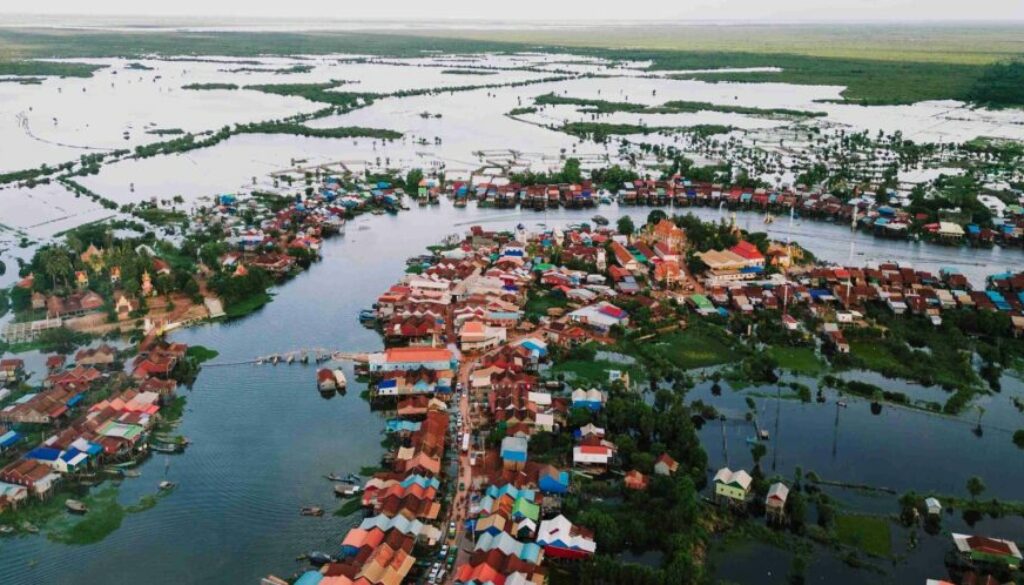5 Things You Can Do to Stop Water Pollution in United States
Water pollution is a major environmental problem that affects millions of people. In this article, you learn about Causes, Effects, and Prevention in the USA.
“Let us not only be consumers of water but also be the protectors of water.” — Narendra Modi
Pollution of waters, such as rivers, lakes, oceans, and groundwater, is caused by the accumulation of harmful substances in them. There are a variety of factors that can contribute to it, including industrial waste, agricultural runoff, and sewage. Human health, aquatic ecosystems, and the environment can be negatively impacted by pollution.
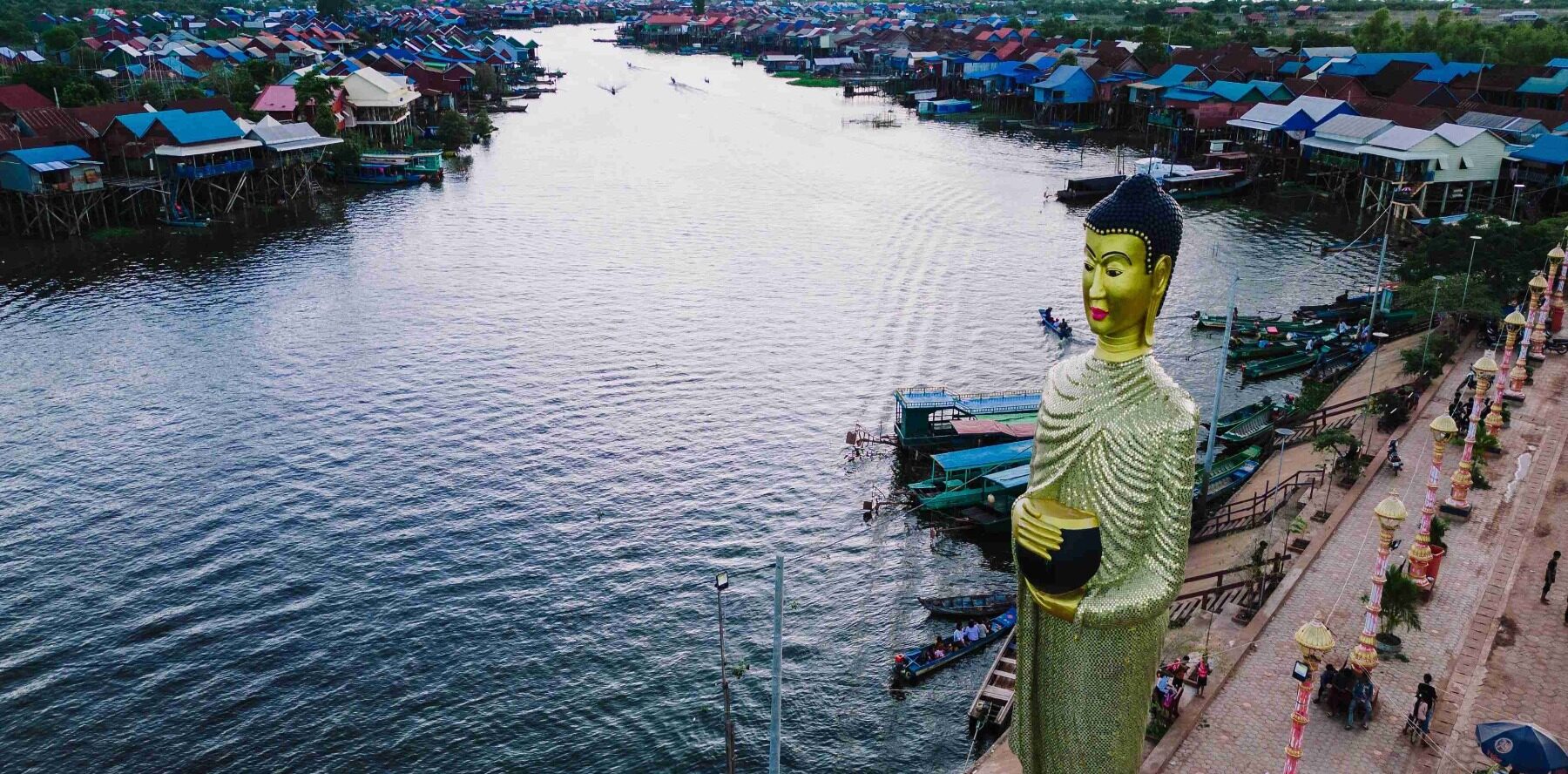
According to the Environmental Protection Agency (EPA), more than 1 billion gallons of sewage are released into U.S. waters every day.
Understanding the various causes of water pollution is crucial for developing effective strategies to combat this issue.
Causes of water pollution in the United States
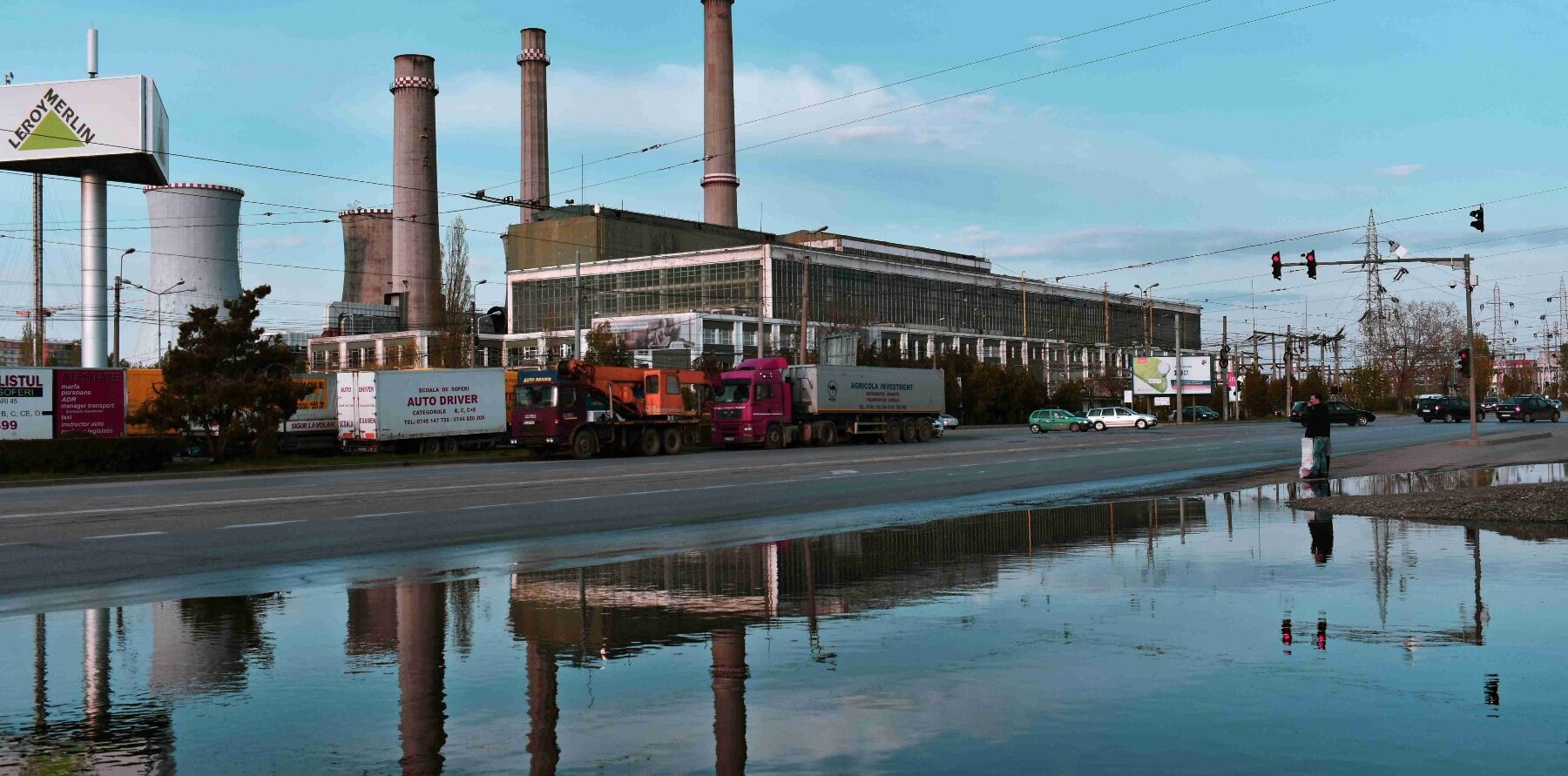
Point Source Pollution
Industrial Waste: Industrial facilities release various pollutants into waterways, including heavy metals, chemicals, and toxic substances. These contaminants can harm aquatic organisms and pose health risks to humans who consume contaminated water or fish.
Municipal Wastewater: Untreated or inadequately treated sewage from cities, towns, and households can contaminate water sources with bacteria, viruses, and parasites. These pathogens can cause waterborne diseases such as cholera, typhoid, and hepatitis A.
“Water pollution is the leading cause of death worldwide, killing more people than all forms of violence combined.” (World Health Organization)
Non-Point Source Pollution
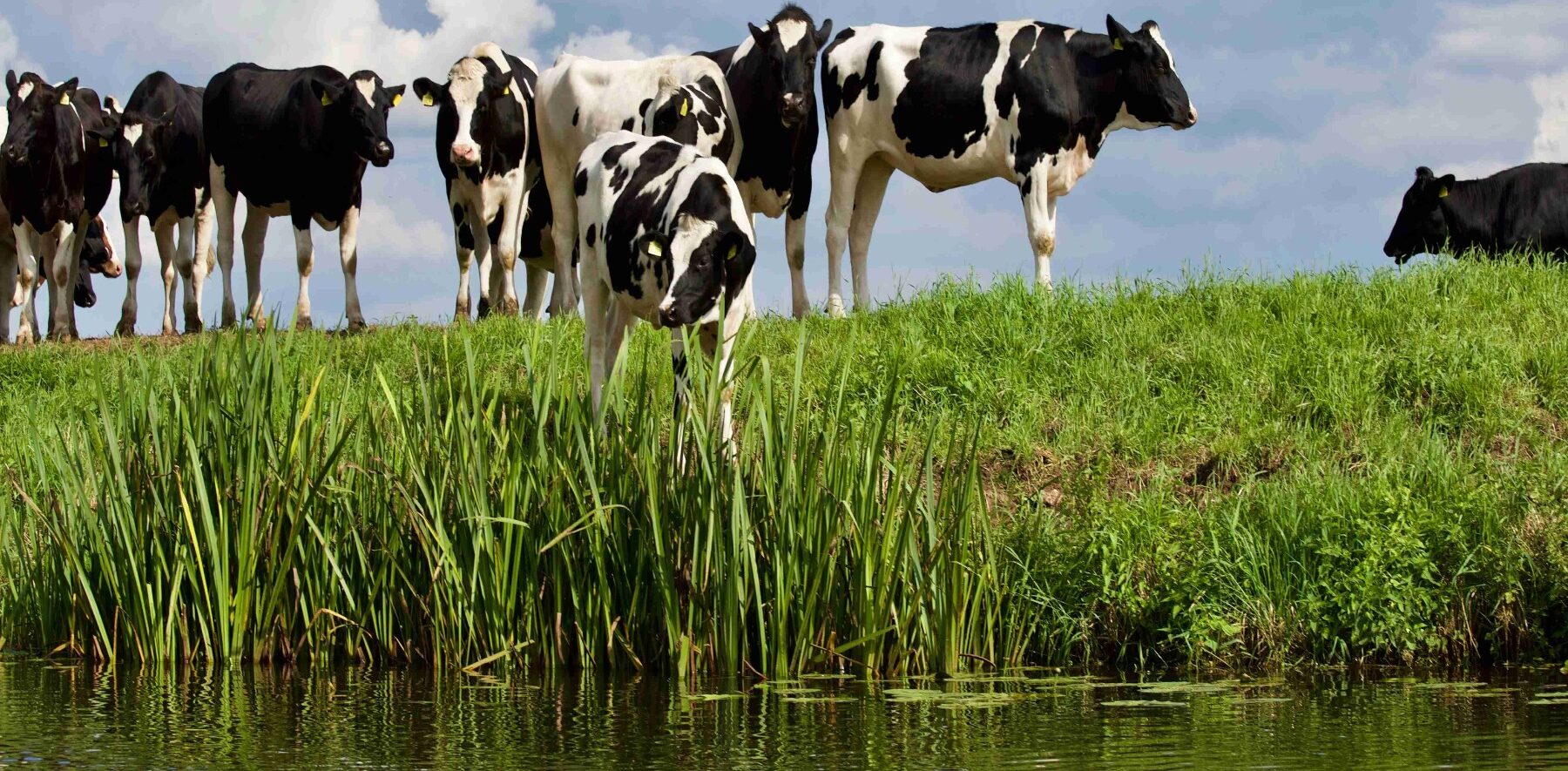
Agricultural Runoff: Fertilizers, pesticides, and animal waste from farms and livestock operations can be carried by rainwater into waterways, causing nutrient pollution and eutrophication. This process leads to excessive algal growth, which can deplete oxygen levels in water bodies, harming aquatic life.
“Agricultural runoff is the leading cause of water pollution in the United States, accounting for over 50% of all impairments to rivers and streams.” (Environmental Protection Agency)
Urban Runoff: Runoff from urban areas, including streets, parking lots, and construction sites, can carry pollutants such as oil, grease, heavy metals, and sediment into waterways. These substances can harm aquatic organisms and reduce water quality.
Atmospheric Deposition: Pollutants from the atmosphere, such as nitrogen and sulfur oxides, can dissolve in rainwater and form acid rain, which can acidify waterways and harm aquatic life.
Other Causes of Water Pollution
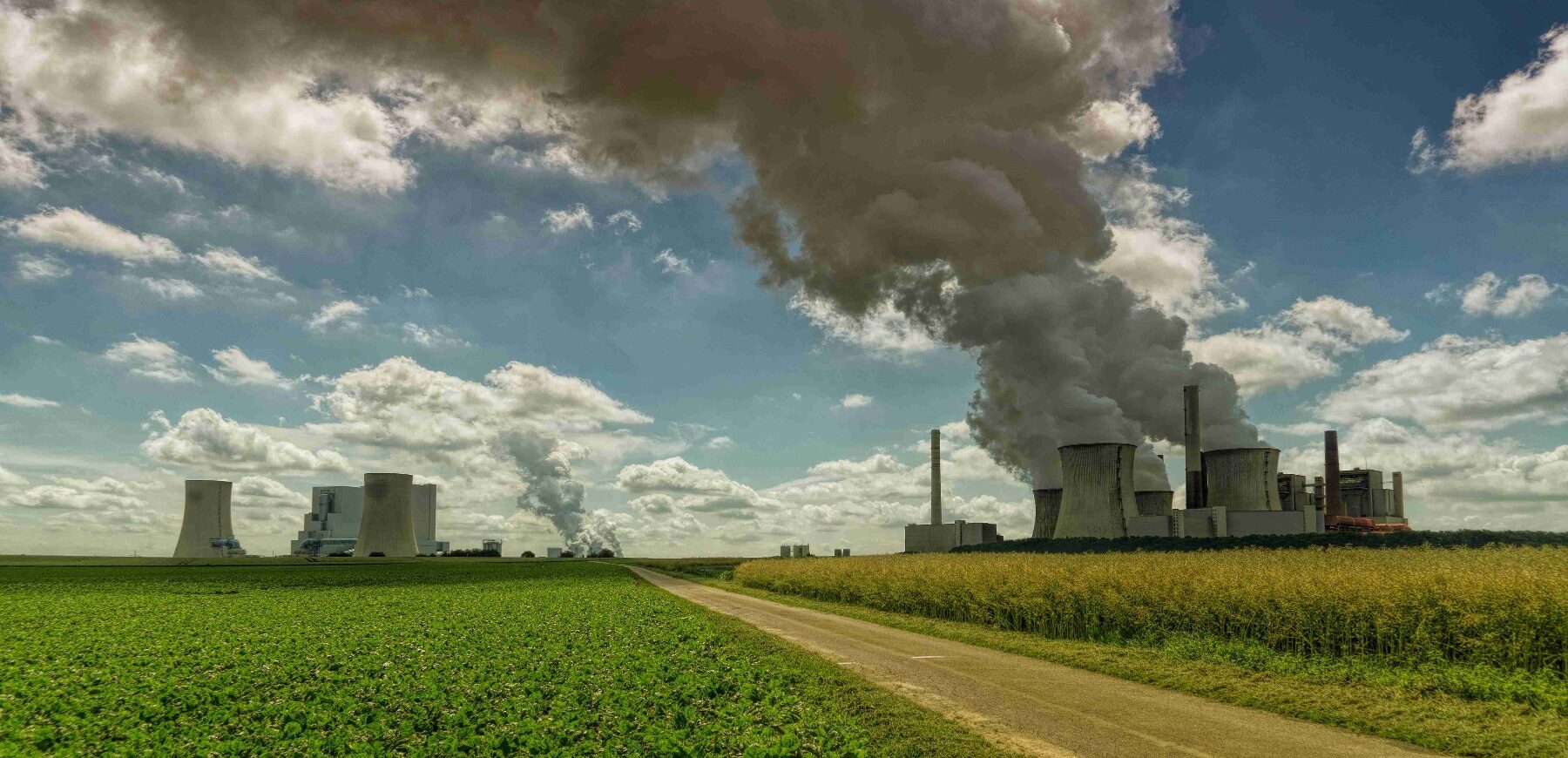
Mining Activities: Mining operations can release heavy metals and other contaminants into waterways, affecting water quality and posing health risks to nearby communities.
Oil Spills and Leaks: Accidental oil spills from pipelines, tankers, and other sources can contaminate large areas of water, harming marine life and disrupting ecosystems.
Hazardous Waste Disposal: Improper disposal of hazardous waste, such as industrial chemicals and household toxins, can contaminate groundwater and waterways, posing serious health risks.
Contamination is a pressing environmental issue that poses significant threats to human health, aquatic life, and the overall health of ecosystems.
Effects of water pollution

Human Health
Contaminated water poses a significant threat to human health, particularly in areas with limited access to clean drinking water.
“Microbial contamination of drinking water causes an estimated 505,000 diarrheal deaths each year.” (World Health Organization)
Consuming contaminated water can lead to the development of waterborne diseases, including:
- Diarrhea: Caused by bacteria, viruses, or parasites, diarrhea can cause dehydration, malnutrition, and even death, especially in children.
- Typhoid: A bacterial infection that can cause fever, abdominal pain, and diarrhea, typhoid can be fatal if left untreated.
- Cholera: A serious bacterial infection that can cause severe diarrhea, vomiting, and dehydration, cholera can lead to death within hours if not treated promptly.
- Hepatitis A: A viral infection that causes inflammation of the liver, hepatitis A can lead to jaundice, fatigue, and loss of appetite.
Aquatic Life
Litter water has a devastating impact on aquatic ecosystems, affecting both plants and animals. The presence of pollutants can:
- Destroy aquatic habitats: Pollutants can alter the physical and chemical properties of water, making it unsuitable for certain organisms to survive.
- Reduce oxygen levels: Excessive nutrients, such as nitrogen and phosphorus, can lead to algal blooms. These blooms deplete oxygen levels in the water, causing fish kills and disrupting the entire food chain.
- Introduce toxic substances: Heavy metals, pesticides, and other chemicals can accumulate in the bodies of aquatic organisms, causing poisoning, reproductive problems, and mutations.
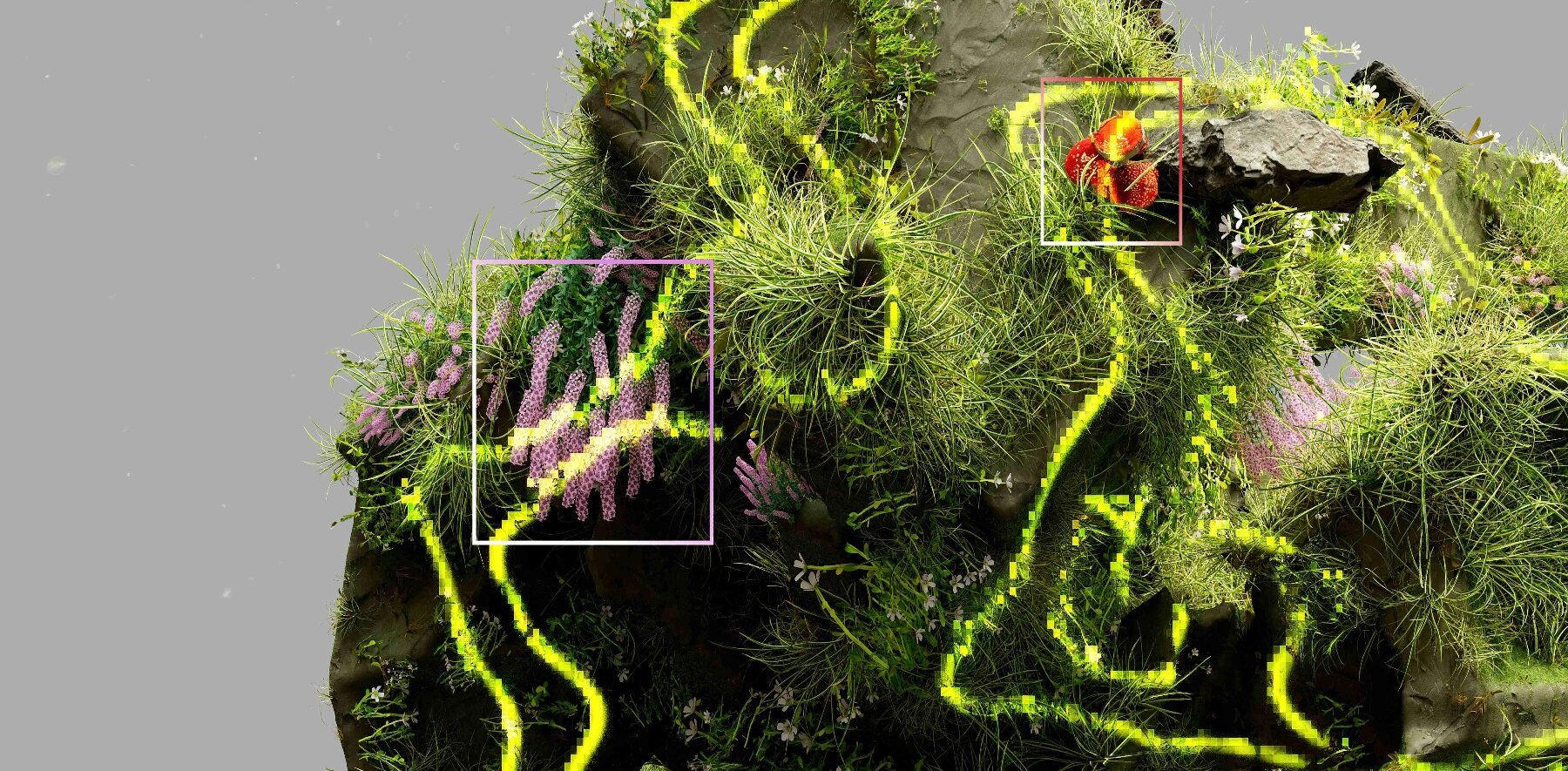
Ecosystem Health
Water pollution disrupts the delicate balance of aquatic ecosystems, impacting not only individual organisms but also the entire food chain. The consequences include:
- Loss of biodiversity: As species decline or disappear, the overall diversity of aquatic ecosystems diminishes, reducing resilience and influencing the ecosystem’s ability to provide essential services.
- Bioaccumulation: Toxic substances can accumulate in the bodies of organisms at higher levels in the food chain, leading to increased toxicity and health risks for predators.
- Economic impacts: It can damage fisheries, tourism, and recreational activities, modifying local economies that rely on clean water resources.
As individuals, we play a crucial role in preventing contamination. Some actions that we can take to protect our water resources:
Role of the public in prevention

- Reduce your use of pesticides and herbicides: These chemicals can pollute water bodies when they run off from lawns, farms, and golf courses.
- Dispose of hazardous waste properly: This includes things like motor oil, antifreeze, and paint.
- Support policies that protect clean water: This includes policies that reduce pollution from factories, farms, and sewage treatment plants.
- Conserve water: This will help to reduce the amount of wastewater that needs to be treated.
- Fix any leaks in your plumbing.
- Pick up pet waste.
- Wash your car less often.
- Use water-efficient appliances.
- Plant native trees and shrubs.
- Get involved in a local water quality organization
Water pollution is a serious problem in the United States, but there are many things that individuals and communities can do to help reduce it. By following the tips above, you can help protect our water resources and ensure everyone has access to clean, safe water.
What are some additional ways that individuals and communities can help to reduce water pollution? Pour out your thoughts in the comment section.
